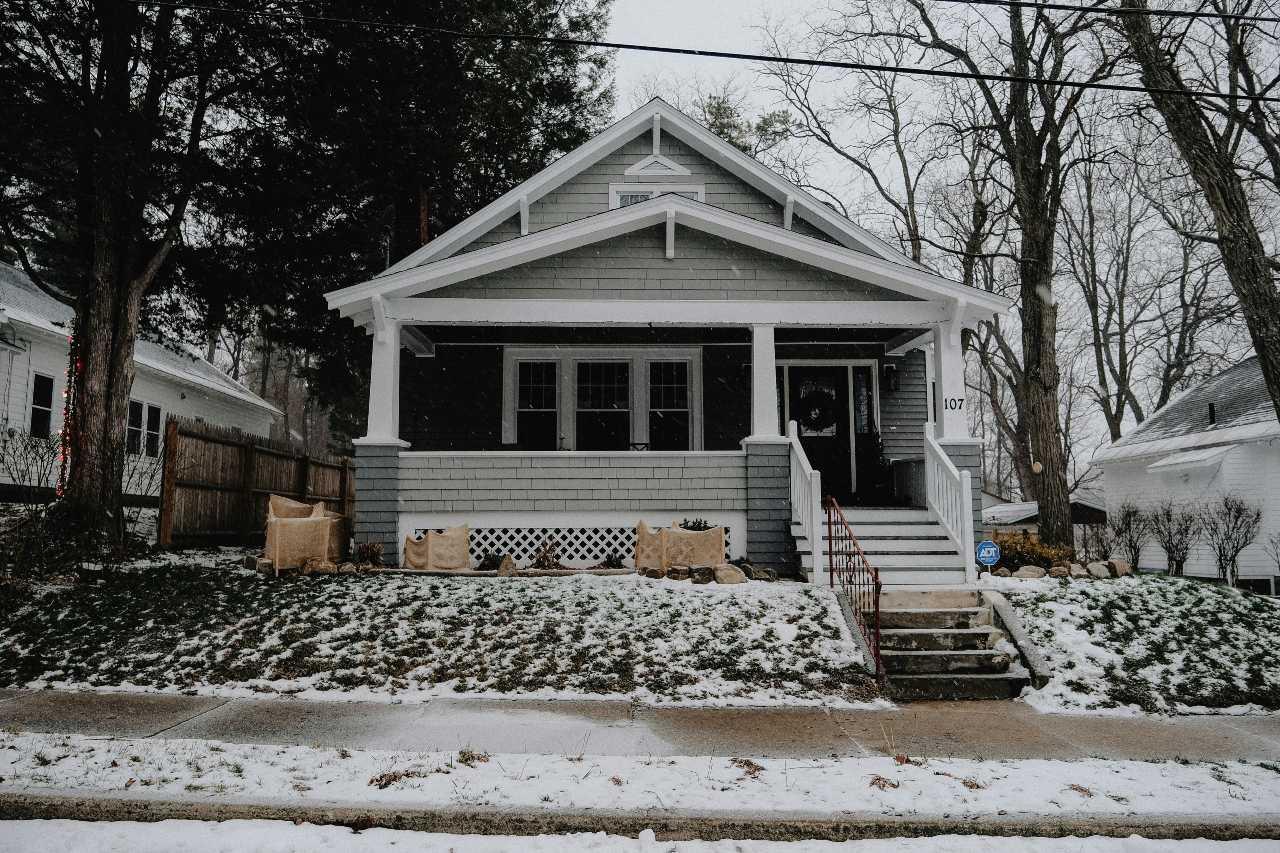Learn how to protect your home and family from freezing temperatures in Houston with this comprehensive guide from Champion and Nash. We ensure your home stays warm and safe during cold weather.

Houston winters can be unpredictable, with temperatures occasionally plummeting below freezing. While these cold snaps may not last long, they can wreak havoc on your home if you're not prepared. Frozen pipes, damaged appliances, and increased energy bills are just some of the problems you might face.
At Champion and Nash, we've been helping Houston homeowners stay comfortable and safe for over 50 years. In this comprehensive guide, we'll share our expert knowledge on how to prep your home for freezing temps, ensuring your family and property remain protected throughout the winter season.
Before temperatures drop, disconnect all garden hoses from outdoor faucets. Leaving hoses attached can cause water to freeze inside the faucet and pipes, leading to damage. After disconnecting the hoses, drain any remaining water and store them properly.
During freezing weather, allow a slow drip of cold water from faucets connected to exposed pipes. This helps keep water moving, reducing the risk of freezing. Even a small trickle can make a big difference in preventing costly repairs.
Before winter arrives, schedule a professional HVAC inspection with Champion and Nash. Our technicians will thoroughly inspect your system, ensuring it's running efficiently and safely. We'll check for any potential problems, such as worn-out belts, dirty filters, and malfunctioning components, and address them before they become major issues.
Dirty air filters restrict airflow, reducing your HVAC system's efficiency and increasing energy bills. Change your air filters every three months, or more often if you have pets or allergies. This simple step can significantly improve your system's performance and save you money.
Air leaks around windows, doors, and other openings can let cold air in and warm air out, making your HVAC system work harder. Seal these leaks with weatherstripping, caulk, or spray foam insulation. This will help keep your home warmer and reduce energy waste.
Outdoor appliances like refrigerators, washing machines, and dishwashers are also vulnerable to freezing temperatures. If possible, move them indoors or to a sheltered location. If they must remain outside, cover them with insulated covers or blankets to protect them from the elements.
If you have an irrigation system, winterize it before temperatures drop. This involves draining all water from the system and blowing out any remaining water with compressed air. This prevents water from freezing and damaging the pipes and sprinkler heads.
With the increased use of heating appliances during winter, it's crucial to ensure your smoke and carbon monoxide detectors are working correctly. Test them regularly and replace batteries as needed. This simple step can save lives in case of a fire or carbon monoxide leak.
The attic is a major source of heat loss in many homes. Adding insulation to your attic can significantly reduce energy waste and keep your home warmer during winter. Consider adding blown-in insulation or batt insulation to achieve the recommended R-value for your area.
Windows and doors are another significant source of heat loss. Consider adding storm windows or thermal curtains to improve insulation. You can also apply window film or weatherstripping to reduce drafts and heat loss.
Crawl spaces can also contribute to heat loss. Seal any openings or cracks in the crawl space walls and foundation to prevent cold air from entering. You can also insulate the crawl space ceiling to further reduce heat loss.
Winter storms can cause power outages, so it's essential to be prepared. Stock up on emergency supplies such as flashlights, batteries, candles, blankets, and non-perishable food. Have a plan for staying warm and safe in case of a power outage.
Power surges can damage sensitive electronics during a power outage. Unplug valuable electronics or use surge protectors to protect them from damage.
The recommended thermostat setting during freezing weather is 68-70°F. This helps maintain a comfortable temperature while preventing pipes from freezing.
To prevent your HVAC system from freezing, ensure your outdoor unit is clear of debris and snow. Schedule a professional inspection before winter to identify and address any potential problems.
If your power goes out, stay warm with blankets and extra layers of clothing. Close off unused rooms to conserve heat. If you have a backup heating source, use it safely.
You can save energy during winter by sealing air leaks, insulating your home, and lowering your thermostat when you're away or asleep. Consider using energy-efficient appliances and lighting.
By following these tips, you can effectively prepare your home for freezing temperatures in Houston. Remember, prevention is key to avoiding costly repairs and ensuring your family's safety during cold weather. If you have any questions or need assistance with winterizing your home, don't hesitate to contact Champion and Nash. Our expert technicians are always ready to help you stay comfortable and safe throughout the year.